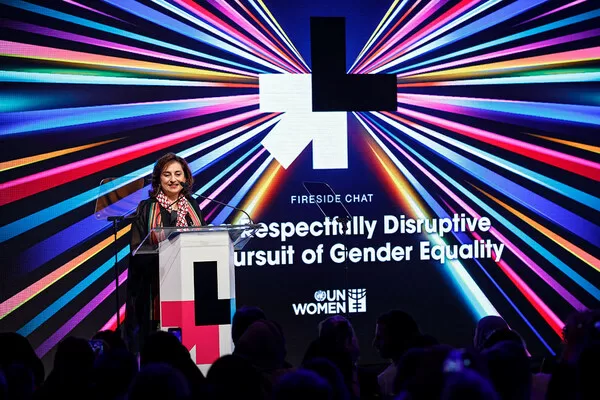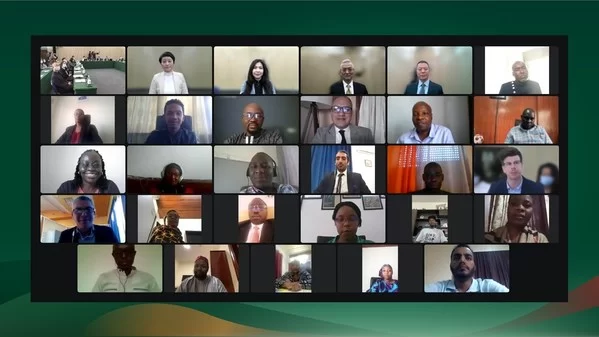BEIJING, Dec. 2, 2023 — A report from People’s Daily: Chinese President Xi Jinping inspected a government-subsidized rental housing community and learned about the city’s efforts in constructing government-subsidized…
CGTN: Mid-Autumn Festival: Xi Jinping’s nostalgia
BEIJING, Sept. 29, 2023 — Falling on Friday, the Mid-Autumn Festival has been observed by people of Chinese origin for thousands of years and is usually marked by family…
UN WOMEN’S HEFORSHE ALLIANCE CALLS TO RESPECTFULLY DISRUPT THE PATRIARCHICAL STRUCTURES AND STATUS QUO
Amid a growing pushback against women’s rights, leaders from across government, business, non-profit and academia step forward to respectfully disrupt status quo and accelerate progress toward achieving gender equality…
CGTN: Regional economic integration promotes China-ASEAN common prosperity
BEIJING, Sept. 8, 2023 — Themed "ASEAN Matters: Epicentrum of Growth," the 43rd Association of Southeast Asian Nations (ASEAN) Summit concluded on Friday in Jakarta, Indonesia, with a series…
Global Times: Come and experience: Arab diplomats, officials explore Chinese modernization practices in dynamic, inclusive Shanghai
BEIJING, Aug. 5, 2023 — Tamer M.A. Shehab, an official from the Palestinian Ministry of Foreign Affairs, experienced being a "pilot" during his recent trip to Shanghai. At a local…
CGTN: China-DRC ties enter comprehensive, deep-going growth with full vitality
BEIJING, May 27, 2023 — In 2015, China and the Democratic Republic of the Congo (DRC) established a strategic partnership of win-win cooperation, which provided a strategic direction for the…
In new expedition, ‘striving in unity’ is China’s main theme: Global Times editorial
BEIJING, March 11, 2023 — On Friday, the new leadership of the state institutions and the 14th National Committee of the Chinese People’s Political Consultative Conference was elected at…
CGTN:Building a China-Cambodia community with a shared future at the start of spring
BEIJING, Feb. 10, 2023 — More than one million vehicles had travelled on Cambodia’s first-ever expressway connecting the capital Phnom Penh and the deep-sea port province of Preah Sihanouk…
CGTN: China, Mongolia inject impetus into ties through three engines
BEIJING, Nov. 29, 2022 — Mongolian President Ukhnaagiin Khurelsuh is paying a state visit to China just two days after the Zuunbayan-Khangi railway, the third railway to connect Mongolia with…
CCTV+: China-Africa Media Cooperation under the concept of “Sincerity, Real Results, Amity and Good Faith”
BEIJING, Nov. 16, 2022 — The 6th Africa Link Union (ALU) Annual Meeting was held in Beijing on Monday, gathering 26 media representatives from 19 countries and regions to help…






